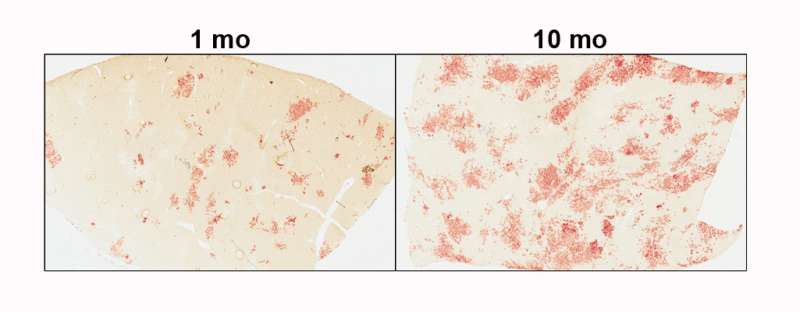New progress toward finding best cells for liver therapy

In a new study, researchers demonstrate successful transplantation of fetal rat liver cells to an injured adult rat liver. The work is an important step toward using transplanted cells to treat liver failure, which currently requires an organ transplant.
Jennifer Sanders, PhD, assistant professor of pediatrics at Brown University, will present the new research at the American Society for Investigative Pathology annual meeting during the Experimental Biology 2017 meeting, to be held April 22-26 in Chicago.
"There are too few donor livers, so many people die of liver diseases such as hepatitis and cirrhosis without ever getting a transplant," said Sanders. "Understanding the behavior of fetal liver cells may lead to ways to select the best cells for transplantation into people whose livers are failing."
In the new study, the researcher removed liver cells from a rat fetus near the end of gestation and transplanted them into an injured adult rat liver. In the new liver, the transplanted cells multiplied for a long period and gave rise to new hepatocytes—the main cell type found in the liver—as well as the cells that form the bile ducts and line the blood vessels. Adult rat liver cells cannot multiply and differentiate after transplantation.
"Most previous studies have used very immature fetal rat cells and have not attempted to characterize the cell population prior to transplantation," said Sanders. "We are using late-gestation fetal rat hepatocytes that can carry out many of the functions of adult liver cells, and we characterized the cells based on expression of markers on their surface."
To better understand how fetal and adult hepatocytes differ, the researchers examined proteins called histones that regulate DNA structure. They identified histone differences that may allow the fetal cells to grow and survive when transplanted into an injured adult liver.
"Our prior studies have shown that fetal rat hepatocyte proliferation, growth and gene-expression regulation are different than in adult rat hepatocytes," said Sanders. "This has led us to believe that maintenance of DNA structure is very important for the behavior of fetal rat hepatocytes and the ability of these cells to repopulate an injured adult liver."
In addition to this work's implications for cell-based liver therapies, better understanding of how DNA structure, gene expression and protein function are regulated together in the normal fetal liver cell could help scientists understand the events that lead to liver cancer.
As a next step, the researchers are working to determine how the adult liver environment affects transplanted fetal cells. They want to find out whether transplanted fetal cells differentiate in a way that makes them indistinguishable from normal adult hepatocytes.
More information: Rat Liver Repopulation by Transplanted Late Gestation Fetal Hepatocytes, app.core-apps.com/eb2017/abstr … e96fd9b3196099188980

















